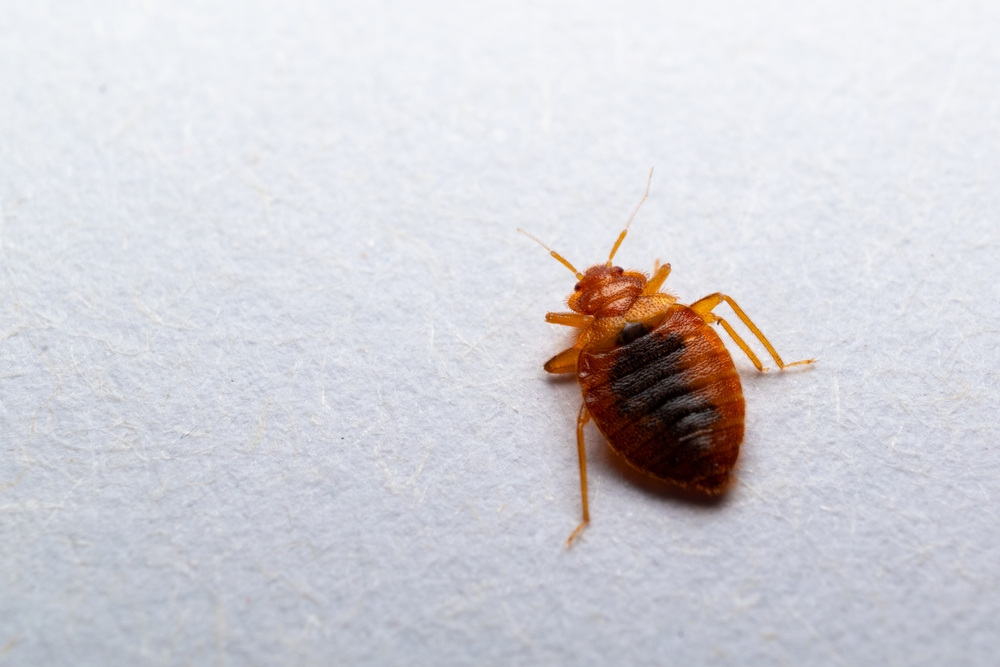Understanding the Lifecycle of Bed Bugs: How They Infest and Spread

Bed bugs are among the most persistent pests troubling homeowners and businesses alike. Their stealthy behavior and rapid breeding capabilities make them a nightmare to eradicate without professional intervention. Understanding the lifecycle of bed bugs is key to identifying their presence early and taking action with a reliable pest control service before a small problem escalates into a widespread infestation. This article will explore in detail how bed bugs progress through their life stages, their methods of infesting new environments, and how they spread rapidly if left unchecked. By the end, you will gain a solid understanding of why timely pest control is crucial when battling these stubborn insects.
The Egg Stage: The Foundation of Infestation
The lifecycle of bed bugs begins with the egg stage, which is deceptively simple yet highly effective in ensuring the species’ survival. A female bed bug can lay anywhere between one to five eggs per day, with a lifetime total of up to 500 eggs under optimal conditions. These eggs are about the size of a pinhead, pearly white, and sticky enough to cling to cracks, seams of mattresses, and hidden crevices. They are typically laid in clusters, which allows the bed bugs to establish a foothold in their environment quickly.
Eggs generally hatch within 6 to 10 days depending on temperature and humidity levels. Because the eggs are so tiny and hidden in hard-to-reach areas, it is nearly impossible for untrained eyes to spot them. This is why the earliest stage of infestation is so difficult to detect without professional pest control services. Once the eggs hatch, the bed bug nymphs emerge, eager to begin feeding on a blood meal, which is essential for their development to the next stage. These freshly hatched nymphs are already equipped to bite humans, and their survival depends on finding a food source quickly, setting the stage for infestation.
Nymphs: The Relentless Feeders
After hatching, bed bug nymphs go through five developmental stages called instars before they reach adulthood. Each stage requires at least one blood meal to progress to the next. Nymphs are smaller and lighter in color than adults, making them slightly easier to miss if you are not actively looking for them. Their pale, nearly translucent bodies become bright red immediately after feeding, which helps pest control professionals identify their presence.
During each of these nymphal stages, bed bugs molt — shedding their exoskeleton — and grow slightly larger. This molting is critical, as it allows them to mature into fully reproductive adults. However, if the nymphs cannot access a blood meal, their development stalls, though they can still survive for weeks without feeding. This resilience makes bed bugs challenging to control since even partial starvation will not completely eliminate the population.
Nymphs actively seek out hosts, usually at night when people are sleeping, to feed undisturbed. They are drawn to body heat and the carbon dioxide exhaled by their victims. This feeding behavior is what causes the itchy, red welts that many people associate with bed bug infestations. Since nymphs remain close to their original egg-laying sites, entire colonies can mature rapidly in a single mattress or piece of furniture, requiring expert pest control intervention to stop their growth.
Adulthood: The Prolific Breeders
Once a bed bug reaches adulthood, its sole mission becomes reproduction and feeding. Adult bed bugs are about the size of an apple seed, with flat, reddish-brown bodies that become more oval-shaped after feeding. Their relatively flat profile makes them perfect for squeezing into narrow cracks and crevices, where they hide during the day. These hiding places can include mattress seams, bed frames, headboards, baseboards, and even electrical outlets, providing the bugs ample opportunities to remain undetected.
Adults feed about once per week, though they can survive months without a meal. This incredible endurance allows them to wait out efforts to starve them, further underscoring why a professional pest control service is usually necessary. After feeding, adult females mate and begin laying eggs, restarting the cycle. Because of their ability to produce hundreds of eggs over their lifetime, the adult bed bug population can expand dramatically in a very short period.
Their mobility also helps spread infestations. Adult bed bugs can crawl at about the speed of an ant and are adept hitchhikers. They can cling to luggage, clothing, used furniture, or other personal belongings, enabling them to travel from infested spaces into new environments with frightening ease. This is one of the most common ways bed bugs spread from hotels to private homes, making vigilance essential when traveling.
Infestation Tactics: How Bed Bugs Spread
Bed bugs are masters of stealth and patience. Unlike pests that build visible nests or leave large droppings, bed bugs are discreet. They tend to congregate near sleeping areas so they can feed on their hosts without detection. Over time, as their population grows and the immediate hiding places become overcrowded, some bugs will venture out to colonize new areas of the same building or travel to adjacent apartments or hotel rooms. This dispersal is why multi-unit housing complexes often struggle to eliminate infestations completely without coordinated pest control.
They do not fly or jump, but their crawling abilities combined with their hitchhiking skills make them efficient invaders. For example, they can slip into a suitcase, ride home with you, and establish a new infestation within weeks. Since early signs of an infestation are hard to detect, bed bugs can become well established before you even realize they are there. Many pest control professionals find that clients only notice the problem when bites become too frequent to ignore, or when they spot the bugs themselves after populations have exploded.
Another reason bed bugs spread so successfully is their resistance to many over-the-counter pesticides. Improper or incomplete treatment can make the problem worse by dispersing the insects to new hiding spots, complicating eradication. For these reasons, a trained pest control service is your best line of defense against spreading bed bugs.
Controlling the Spread: Why Professional Help is Essential
Once bed bugs take hold, their lifecycle and behaviors make them exceptionally challenging to eliminate without expert assistance. Because their eggs are so small and well-hidden, many DIY treatments fail to target all life stages, leaving the infestation to reemerge weeks later. Additionally, bed bugs’ resistance to common pesticides makes store-bought solutions largely ineffective, prolonging the infestation.
A professional pest control service understands how to identify every stage of the bed bug lifecycle and how to treat infested spaces thoroughly. Technicians are trained to locate the hard-to-reach harborages where eggs and nymphs hide, using specialized tools and proven treatment methods to break the lifecycle and prevent reinfestation. Moreover, professionals can monitor your space after treatment to ensure that no survivors restart the infestation.
Preventing bed bug infestations in the first place is the most effective approach. When traveling, inspect hotel mattresses, headboards, and furniture seams for any signs of bugs or their droppings. Be cautious with used furniture, which can harbor hidden bugs and eggs. Encase your mattress and box spring in protective covers designed to keep bed bugs out. Finally, if you suspect even the smallest sign of bed bugs, act quickly by contacting a trusted pest control service. Early intervention is far more effective — and less costly — than battling a full-scale infestation.
Conclusion
In the grand scheme of pest control challenges, bed bugs rank among the most frustrating, but knowledge is power. By understanding how they hatch, feed, mature, and spread, you can take meaningful steps to protect yourself, your home, or your business from a costly and stressful infestation. These pests are relentless, but with vigilance, preparation, and expert assistance, they can be stopped in their tracks.
